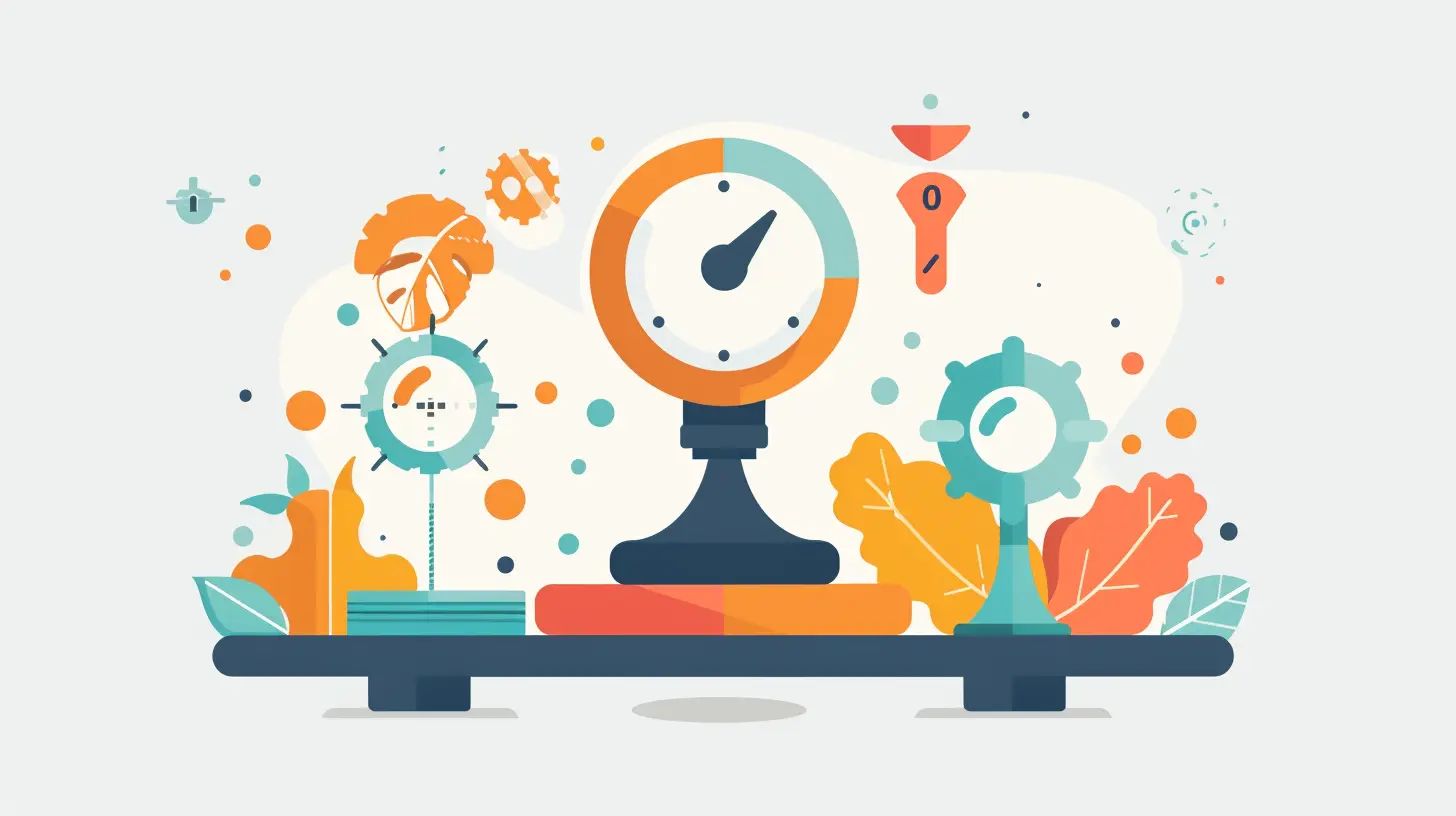How to Balance Innovation and Cost in Product Development
18 November 2025
Innovation drives progress, but it often comes with a hefty price tag. Businesses must continuously evolve to stay competitive, but they also need to keep a close eye on costs. So, how do you strike the perfect balance between pushing the boundaries of innovation and maintaining a sustainable budget?
In this article, we’ll break it down step by step, offering practical strategies to help businesses develop groundbreaking products without breaking the bank. 
Why Balancing Innovation and Cost Matters
Some companies pour all their resources into innovation, only to realize they’ve overspent and can’t sustain their growth. Others cut costs so aggressively that they stifle creativity and end up with outdated products that consumers ignore.Finding the sweet spot between innovation and cost is crucial for long-term success. A well-balanced approach allows businesses to:
- Stay competitive by offering new and improved products.
- Maintain profitability by keeping development costs under control.
- Reduce financial risks associated with R&D investments.
- Deliver real value to customers without unnecessary complexity.
Now, let’s dive into how you can achieve this balance. 
1. Set Clear Objectives from the Start
Before you even begin the product development process, establish clear goals. What problem are you trying to solve? Who is your target audience?Having a well-defined product vision ensures that innovation aligns with business needs rather than turning into an expensive experiment.
Create a Product Roadmap
A roadmap helps prioritize features based on:- Customer needs
- Market demand
- Budget constraints
Instead of trying to innovate in every possible way, focus on areas that provide the most value. 
2. Embrace Lean Product Development
Lean product development is all about maximizing efficiency while reducing waste. Following a lean approach helps businesses create innovative products without unnecessary expenses.How to Apply Lean Methods?
- Minimum Viable Product (MVP): Start with a basic version of your product with just the core features. Gather user feedback before investing in additional functionality.- Iterative Development: Instead of spending years perfecting a product, release small updates and improve based on real-world usage.
- Fail Fast, Fail Cheap: Test ideas quickly. If something doesn’t work, pivot before sinking more resources into a doomed concept.
By focusing on efficiency, you ensure that innovation is driven by data and practicality rather than expensive guesswork. 
3. Leverage Technology to Cut Costs
Technology is a double-edged sword—it can be a major expense, but when used wisely, it also cuts costs significantly.Smart Ways to Use Technology in Product Development
- AI & Machine Learning: Automate repetitive tasks and make data-driven decisions.- Rapid Prototyping Tools: 3D printing and digital prototyping significantly reduce the cost of testing new designs.
- Cloud-Based Collaboration: Reduce overhead costs by using cloud storage and remote work solutions.
Investing in the right technology ensures that you stay innovative while keeping development costs in check.
4. Focus on Value-Driven Innovation
Not all innovation is beneficial. Some companies roll out flashy features that customers don’t really need or want. This leads to wasted resources.How to Ensure Innovations Provide Real Value?
- Listen to Your Customers: Conduct surveys, interviews, and beta testing to learn what people actually need.- Competitive Analysis: See what’s working (or failing) for your competitors and improve upon it.
- Cost-Benefit Analysis: Weigh the cost of developing new features against their actual business impact.
Instead of chasing innovation for innovation's sake, focus on enhancements that truly matter.
5. Optimize Your Supply Chain
Supply chain inefficiencies can quietly drain your budget. From raw materials to distribution, small inefficiencies add up quickly.Strategies to Reduce Supply Chain Costs
- Negotiate Better Deals: Bulk purchasing and long-term contracts can lower costs.- Streamline Logistics: Use data analytics to optimize shipping routes and storage.
- Work with Reliable Suppliers: A single faulty part can lead to costly reworks or recalls.
An optimized supply chain ensures that your product development remains cost-effective without sacrificing innovation.
6. Cross-Functional Collaboration is Key
Innovation shouldn’t be confined to just the R&D team. Encouraging collaboration between different departments leads to smarter, cost-effective solutions.How Does Cross-Functional Collaboration Help?
- Finance Teams Keep Budgets in Check: They ensure that R&D doesn’t overspend.- Marketing Teams Validate Product Demand Early: They help avoid costly missteps.
- Manufacturing Teams Improve Feasibility: They advise on the cost and practicality of production.
By involving multiple perspectives, you ensure that innovation remains realistic and financially viable.
7. Consider Outsourcing When Necessary
Many businesses try to handle everything in-house, but sometimes outsourcing can save both time and money.What Should You Outsource?
- Specialized Tasks: If your team lacks expertise in a specific area, hiring external experts may be more cost-effective.- Manufacturing: Depending on scale, outsourcing production to a reliable third party can reduce operational costs.
- Software Development: For tech-based products, hiring remote developers might be cheaper than maintaining an in-house team.
Strategic outsourcing allows you to focus on core competencies while keeping expenses under control.
8. Keep an Eye on Market Trends
One of the biggest mistakes companies make is investing heavily in outdated technologies. Staying ahead of trends helps you innovate wisely.How to Stay Updated on Market Trends?
- Follow industry news and reports.- Attend trade shows and conferences.
- Keep an eye on emerging startups.
By understanding where the market is heading, you can avoid costly missteps and direct investments toward meaningful innovations.
9. Monitor and Adjust Strategies Regularly
What works today may not work tomorrow. The key to balancing innovation and cost is continuous evaluation.How to Continuously Improve?
- Track key performance indicators (KPIs) related to product development costs and ROI.- Hold regular review meetings to assess progress.
- Be open to adjusting strategies based on market conditions.
A flexible approach ensures that your company remains innovative without falling into financial trouble.
Final Thoughts
Balancing innovation and cost in product development isn’t easy, but it’s absolutely essential for long-term success. By setting clear goals, embracing lean methodologies, leveraging technology, and focusing on real value, businesses can stay ahead of the competition without overspending.Remember, innovation doesn’t always mean adding more—it often means finding smarter ways to improve efficiency and deliver value. So, take strategic risks, keep an eye on your budget, and focus your efforts where they matter most.
all images in this post were generated using AI tools
Category:
Product DevelopmentAuthor:

Matthew Scott

